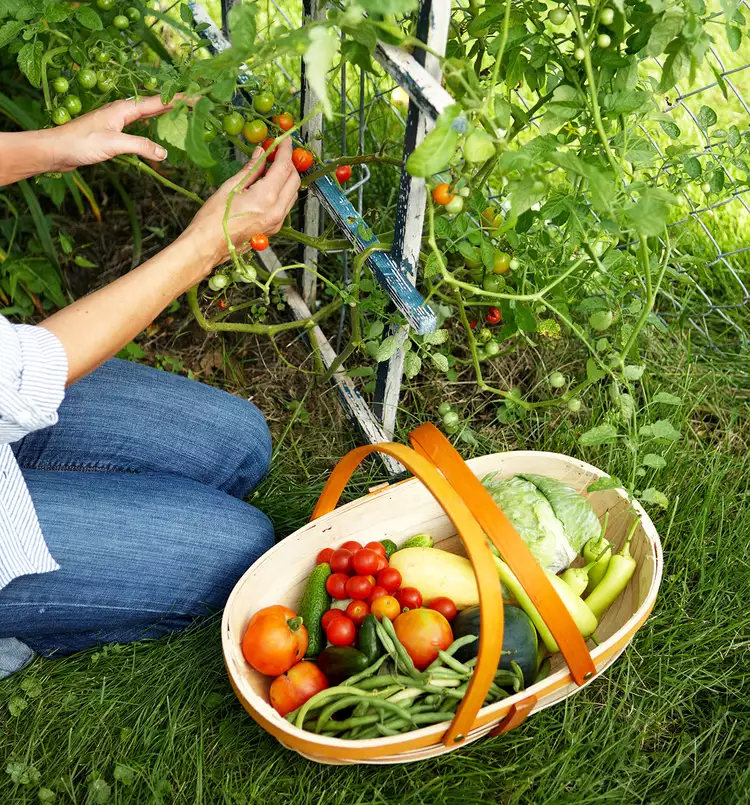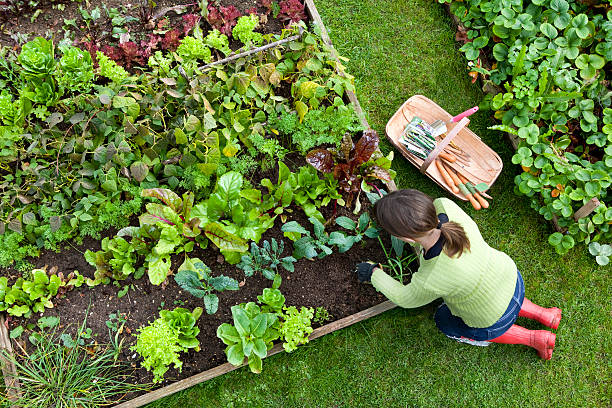If you’ve ever dreamt of stepping into your backyard or onto your balcony to pluck fresh herbs and vegetables for your daily meals, it’s time to turn that dream into reality. Creating your first kitchen garden can be a rewarding and sustainable way to enjoy a constant supply of homegrown produce. Whether you have a spacious backyard or just a small balcony, there’s a kitchen garden solution for you. Let’s dive into the essentials to help you get started.
1. Choose the Right Location
The first step in creating a successful kitchen garden is selecting the right location. Most vegetables and herbs require at least 6-8 hours of sunlight per day, so choose a spot that receives adequate sunlight. If you’re short on space, don’t worry; you can grow many edibles in containers or vertical gardens, making it suitable for even the smallest of spaces.
2. Prepare the Soil
Healthy soil is the foundation of a thriving garden. Test your soil’s pH and fertility levels to determine if any amendments are needed. You can improve the soil quality by adding compost, well-rotted manure, or organic matter to boost nutrient levels and water retention.
3. Select Your Plants Wisely
For your first kitchen garden, consider starting with easy-to-grow vegetables and herbs. Some great options for beginners include tomatoes, carrot, cucumbers, coriander etc. Look for varieties that are well-suited to your climate and growing conditions.
4. Invest in the Right Tools
You won’t need a vast array of tools to get started, but some basic gardening tools are essential. These may include a shovel, garden fork, pruners, watering can or hose, and gardening gloves. Choose tools that are comfortable to use and of good quality.
5. Plan Your Garden Layout
Take some time to plan the layout of your kitchen garden. Consider spacing requirements for your chosen plants and arrange them to maximize sunlight exposure. Using raised beds or containers can help with organization and reduce the risk of weeds.
6. Water Wisely
Proper watering is crucial for the health of your plants. Water consistently, keeping the soil evenly moist but not waterlogged. Consider using a drip irrigation system or soaker hoses to make watering more efficient.
7. Maintain and Monitor
Regular maintenance is key to a successful kitchen garden. Keep an eye out for pests and diseases, and address those promptly using organic methods when possible. Prune and harvest your plants as needed to encourage healthy growth.
8. Enjoy the Harvest
The best part of having a kitchen garden is enjoying the fruits of your labor. Harvest your vegetables and herbs when they are at their peak ripeness for the freshest and most flavorful results.
Conclusion
Creating your first kitchen garden can be a fun and fulfilling journey. By choosing the right location, preparing the soil, selecting the right plants, and following these essential tips, you’ll be well on your way to enjoying a bountiful harvest of fresh, homegrown ingredients. So, roll up your sleeves, get your hands dirty, and start growing your own kitchen garden today!
Tips for Creating Your First Kitchen Garden



